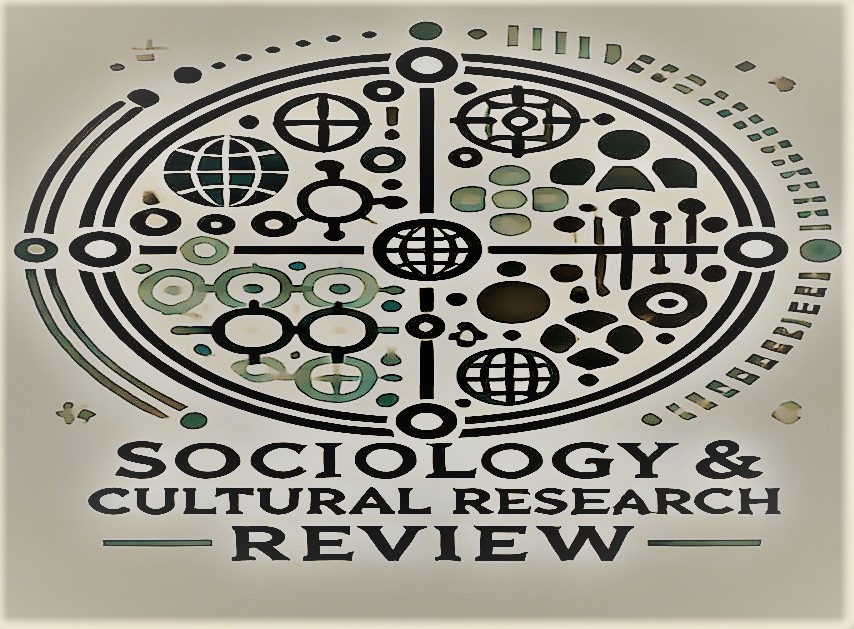PRINCIPLES OF IDENTIFYING FABRICATED HADITH: AN ANALYTICAL STUDY OF THE METHODOLOGIES OF IMAM IBN AL-JAWZI AND IMAM AL-SUYUTI
Abstract
Ahadith are prophetic traditions, which is the second most important source of Islamic teaching after the Quran. The question of their authenticity and maintenance has always been the burning issue of the Muslim Ummah. Nevertheless, there have always been some people with personal intentions, certain sectarian inclinations, or even political goals who fabricated Hadith, which became the grave problem of Hadith forgery (wadhʿ al-hadith). In reaction, the scholars of Hadith came up with elaborate systems such as Ilm al-Jarh wa Taʿdil (science of critiquing and validating reporters), Ilm al-Rijal (science of biography), and rules of transmission to discard fabricated reports. In this analytical study, two important classical scholars are discussed, Imam Ibn al-Jawzi (d. 597 AH) and his book Al-Mawdu 597 AH), and Imam Jalal al-Din al-Suyuti (d. 911 AH) and his work Al-La 911 AH), and his work Al-La 911 AH It lists and describes the differences and similarities between their approaches to finding false Hadith. Ibn al-Jawzi stresses the consideration of the chain of reporters (isnad), and it has to be based mainly on the trustworthiness and ethical integrity of the reporters. His system is more dogmatic and one-sided, and geared toward jarh (discrediting unreliable narrators). Al-Suyuti, on the other hand, is more sweeping and more conservative, examining not simply the chain but also the text (matn), its linguistic, rational and historical consistency. The two authors provide a great number of examples of fabricated narrations, based on such reasons as weak or broken chains, doubtful reporters, and inconsistency with the teachings of the Quran or rational principles or the accepted Islamic jurisprudence. Their contributions are very pertinent even today when false Hadith are flooding social media sites without any verification. In this study, the author emphasizes the role of equal consideration to the chain and content of Hadith in establishing authenticity. It also highlights the dire necessity of the contemporary scholars, students and teachers to employ these ancient methodologies along with the modern apps to safeguard the Ummah against the evils of fabricated Hadith. The research findings point at the fact that the insights of the method of Ibn al-Jawzi (the study of isnad) and al-Suyuti (the study of content) can and should be combined into a balanced and holistic approach to the authentication of Hadith one that is critical in long-term and short-term perspectives to academia and the general population in the age of modernity.
Keywords: Fabricated Hadith, Ibn al-Jawzi, Al-Suyuti, Al-Mawduʿat, Al-La’ali al-Masnuʿa, Chain and Content Analysis, Refutation of Forged Narrations




